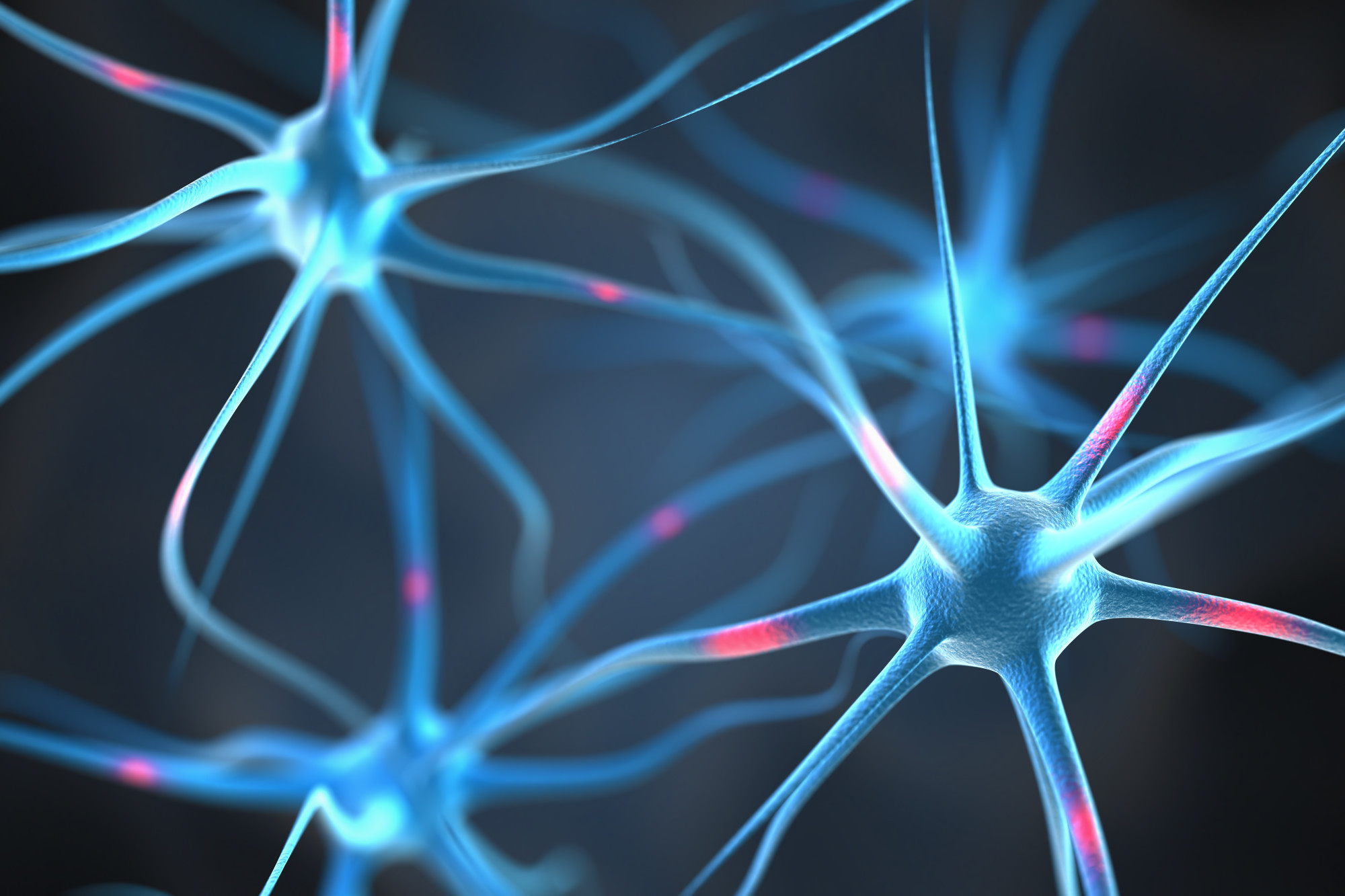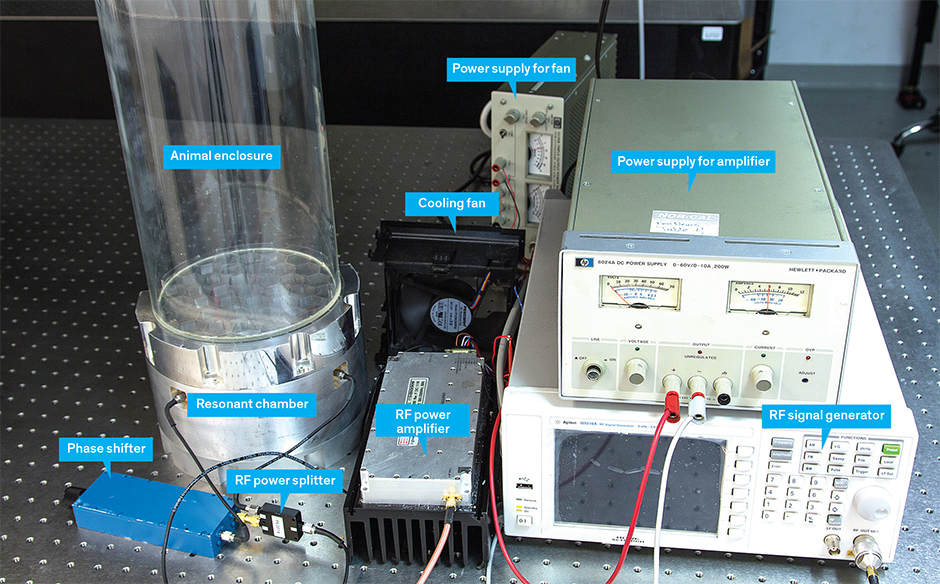Researchers control mouse behavior with a wireless neuroimplant

The behavior of animals is usually controlled by the method of "carrot and stick". This method is hundreds, even thousands of years old. Everything is simple here: a pet or a laboratory animal behaves well - it receives encouragement in the form of food, leads badly - snacks are canceled, some punishment follows. Stanford decided to go further. Neuroscientists from this university set a goal to learn how to control the behavior of mice using a wireless optical neuroimplant. It does not act on the neurons of the brain by electric current. Instead, the light of the implanted LED is used.
The implant has a very small size - about a grain of pepper. To prepare the mouse to work with the implant was carried out quite a large-scale preparation, and carried out its genetics. Rodents have a gene introduced that provides the response of brain neurons to blue light. When the mouse control system is turned on, the implant in the skull starts to glow and some mouse brain cells respond to this glow. The video below shows clearly how, after switching on the system, one of the mice participating in the experiment stops the chaotic movements and begins to run around the circle clearly in its cage. Why all this? Experts say that the method will help find a solution to the problem of treating neurodegenerative diseases, such as Alzheimer's or Parkinson's.
Optical-electrical methods for monitoring the behavior of animals have recently been described in various science fiction works. But now this, as far as can be judged, is already a reality. Optogenetics, in particular, contributes to the penetration of the future technology into today. New methods of this scientific industry (it appeared in 2005), developed recently by scientists, allow using light to activate practically any brain cells and use certain neural connections. Under the influence of light, the behavior of animals changes dramatically; they begin to do what the researcher expects. One of the objectives of these studies is to obtain more information about the structure of the brain and nervous system as a whole.
')
In the case of optical methods of acting on neurons, the main problem is to ensure access of light to the skull of a living being. It is not so easy. Some scientists solve the problem with fiber-optic cables (very thin) that are implanted into the skull and then illuminate some brain lobes with blue (in this case) light. There are scientists who experiment with LEDs and miniature systems based on them. According to Ada Poon, a senior associate professor at Stanford, the best option is not fiber in the skull, but a wireless module with a LED implanted in the skull. It does not interfere with the animal to lead a normal life and does not particularly affect the well-being of mice.
At the same time, there are no fibers or cables, everything works over a wireless connection. Electronics now allows you to develop much smaller devices than implanted wireless communication modules in a rodent's head. The signal transmitter is placed under the cell, which ensures a stable reception of commands by the implantable module.
Above it was said that in order to react to light, the brain cells of the mouse must be genetically modified. It really is. The gene that allows the cell to react to light was extracted from unicellular green algae. These algae can move towards the light source due to the presence of a special protein in the cell membrane. Protein interacts with light in a special way - it opens the ion channel in the membrane, changing the electrical potential of the cell. As a result, the alga will be able to move. In 2005, several groups of researchers realized that this gene can be used to introduce a neuron into DNA.

After such a modification, the neuron receives the same protein of the cell membrane that is able to react to light. Now, if the neuron is illuminated, ion channels open, and ions enter the cell. This process triggers a change in electrical potential, which activates the neuron. He begins to secrete a special chemical that activates, in turn, the neurons that are nearby. As a result, a certain part of the brain is activated and the animal’s body responds accordingly. This may be some kind of animal action (running in a circle, which was already mentioned above) or the general reaction of the body (sleep, manifestation of certain emotions, etc.).
Observation of the reaction of the animal helps to understand how the activation of a particular group of neurons affects the actions of the animal, the work of groups of different muscles and other processes. Some neuroscientists use electrodes implanted in an animal's brain and then experiment, including current and activating groups of neurons. But such systems are very inconvenient; they interfere with the animal and cannot fully ensure the purity of the experiment. In addition, this method is unable to provide work with a certain group of cells - for example, neurons in the hippocampus , which are responsible for some memory processes.
Optogenetics eliminates the animal from most of the inconveniences associated with the presence of electrodes connected to the head, and ensures the researcher to work in comfortable conditions, which, in addition, allow for "clean" experiments. Neurons respond to light within a few milliseconds, there is no delay. The advantage of optogenetic methods over traditional electrophysiological methods of studying neural networks and their impact on them is the possibility of highly selective activation or suppression of specific neuronal connections. This selectivity opens up new possibilities in the treatment of Parkinson's disease , depression, anxiety and epilepsy.
Research that is performed by neuroscientists helps to gradually understand what Parkinson’s disease is and how it can be treated (as far as possible). In one study, scientists stimulated neurons in the monkeys brain that were responsible for producing dopamine - it plays an important role in motivation, controlling movements, and it is also responsible for getting used to something. One group of researchers tried to understand how damage to dopamine-producing cells could affect animal movement. These studies gave scientists a lot of important data that help treat complex diseases of this type.
The goal of Ada Poon is to create an optogenetic system that will allow the mouse to feel normal in its familiar environment. In this case, neuroscientists will be able to study without any problems the peculiarities of the work of various areas of the brain, obtaining a large amount of important information that will help in the treatment of neurophysiological diseases.

Equipment that is used in working with rodents
Poon believes that wireless systems and optogenetics are the future of neuroscience. By the way, there are other types of wireless systems that are used in science. Many of them use electromagnetic induction as the basis of their work. The signal receiver is implanted in the brain of the mouse, and the transmitting device is located nearby. But this type of system has several disadvantages. First of all, it is the maintenance of the functioning of a strong electromagnetic field and the difficulty in determining the movement of an animal in a cage.
Poon and colleagues decided to take advantage of the fact that the body of almost any animal is a good conductor that will interact with radio emission, changing it depending on the shape and properties of the body. Special software was developed that tracked the places where electromagnetic radiation is “deformed” in a certain way by the tissues of the mouse body. Special equipment was created that, according to the developers, captures all the distortions with a high degree of accuracy, and tracks the location of the animal at any time of the day. To simplify the work, scientists used an RF tag that constantly generates a durable radio signal.
Mouse brain implant
It is a small system of inductive coils, an LED and a control element. The mass of the device is only 20 milligrams, which is not a problem for the mouse. The volume of the device is 10 cubic millimeters.
Ada Poon argues that such equipment meets the requirements of scientific equipment. The project team has published detailed information on assembling the system in the network. In addition, there is a video manual on the operation of the system. The wireless signal transmitter is built using commonly available tools and low-cost components that can be bought at any radio store. This system allows neurons to respond to a stimulus very quickly, then the computer tracks the movements of the animal.
According to the developers, the fact that they have laid out a description of the structure with the necessary data for its manufacture will help scientists to start working with optogenetics faster. The design of the proposed systems is much easier to implement than the design of similar systems. You can create it with the help of widely available tools and inexpensive materials.
Optogenetics and related devices are likely to be used in medicine soon. In any case, this opinion is expressed by many large organizations. True, when exactly this can happen - nobody can say yet. Researchers need to make sure that the work methods used are safe before introducing them everywhere.
In addition to Parkinson's disease, as mentioned above, this system will allow to study the causes and course of Alzheimer's disease. The traditional method of studying this disease is working with mice in the laboratory. The laboratory in which Poon works is now working to apply his development in studying the mechanism of memory loss in the early stages of the disease. Scientists are looking for a cure for the disease or at least a way to slow down the development of Alzheimer's disease.
Perhaps the new data will help scientists develop treatments for the human nervous system. If something is wrong, somewhere the system is “closed” - in the near future, doctors will receive a tool for solving such problems. In any case, this is what the project team is counting on.
Now scientists have already learned how to directly activate groups of neurons responsible for certain functions of the memory apparatus. So a flashback can be called up in the memory of a rodent, for example, fear experienced in a recent case or fear of receiving a painful electric shock. Doctors in some cases use implantable electrodes to treat several neurodegenerative and neuropsychiatric diseases. According to the project team, electrodes can be easily replaced by optogenetic systems, which have a small size and high selectivity of work, as mentioned above. Optogenetics itself, according to Poon and colleagues, may well be the guiding light for neuroscientists. Who knows, maybe it is.
Source: https://habr.com/ru/post/369933/
All Articles